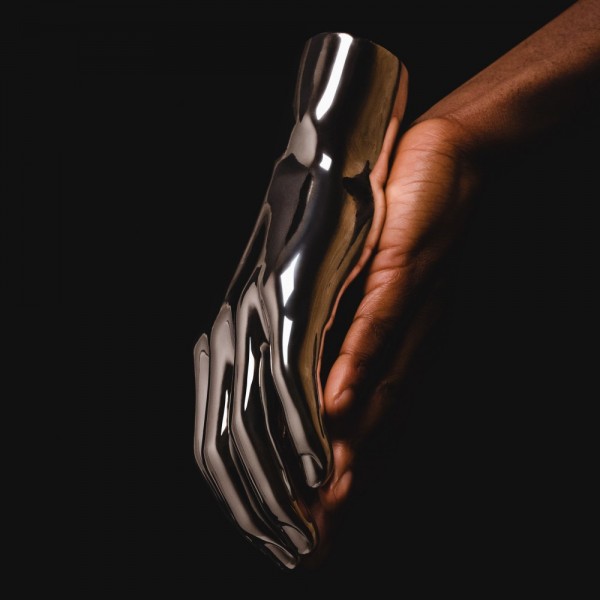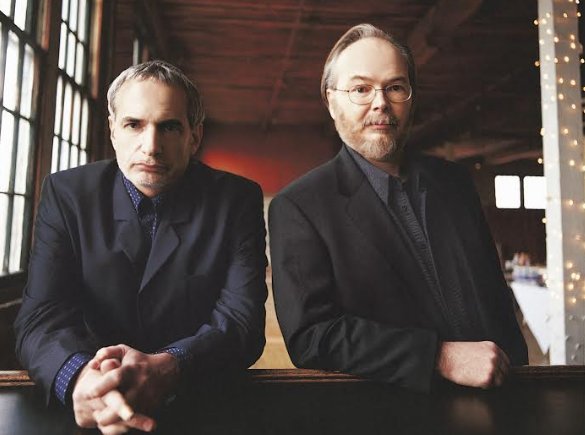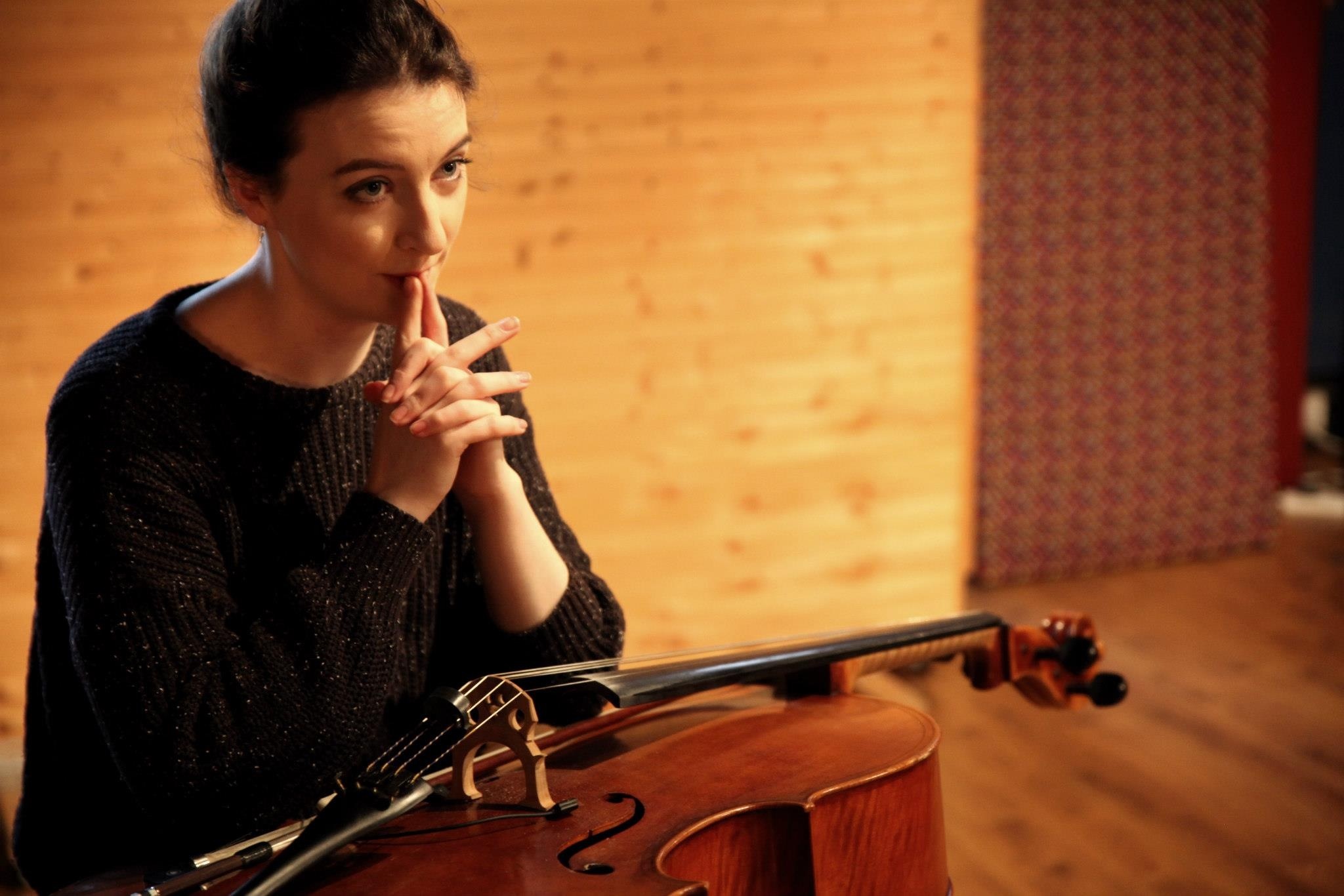Experimental music is supposed to try and expand the boundaries of the possible. It’s always something of a gamble, but a thrilling one at that. Actress, AKA London-based experimental techno artist Darren Cunningham, has thus far managed to carve a niche for himself in an area that’s generally quite difficult to stand out in. Spend enough time among his soundscapes and you can begin to easily identify an Actress track – there’s a distinctiveness to his work that Cunningham has characterised as “almost like extreme patenting”. AZD (pronounced “azid”) is his fifth album under this moniker, one that arrived with an irreverently abstract press release that boasted of “the first translucent, non-soluble communication sound pill synergised through impressionistic interpretations of technological equipment”. So far, so weird.
AZD is his first record since 2014’s Ghettoville, an esoteric work that imparted a sense of decay and abjection. The bulk of Cunningham’s music feels like an attempt to capture the perpetual murmur and shriek of a modern metropolis. Ghettoville baited critics and fans alike with the claim that Cunningham was “concluding the Actress image” – obvious nonsense given that he’s returned with one of his strongest records to date, having absorbed some creative energies from his time working with the London Contemporary Orchestra last year. Cunningham describing his Actress project as an “image” is pretty telling. He embodies a particular archetype of 21st century electronic artist – one that pairs a deliberately enigmatic persona with sounds that divulge a calculated conceptualism. His music is powered by a desire to cerebrally as much as physically stimulate.
Techno’s engine is repetition – only through a measured, diligent consistency do its creative flourishes come into relief. Advancing a sound while staying within this framework is no easy task, but it’s a tightrope walk Cunningham has gotten used to by now. AZD manages to streamline Cunningham’s approach without compromising on those burning, neophilic impulses. He’ll frequently juxtapose propulsive electronics with affecting string sections or otherworldly vocal samples, the almost imperceptible shifts betraying his intentions – like noticing the thumbprint smudges on a smartphone screen. The crepuscular electro-chirp of ‘UNTITLED 7’ is buoyed by an ascending bassline, while a string embellishment adds some colour. Likewise on ‘FANTASYNTH’, where a boilerplate shuffle is gifted an expanded presence by the synths that pirouette in the background. ‘FANTASYNTH’ is one of several tracks coated in a soft tape hiss, likely intended to detract from the evident attention to detail practiced by Cunningham throughout.
While his influences are often a little too clear – Derrick May and the heritage of Detroit techno come to mind – Cunningham has a talent for artful reappropriation. ‘RUNNER’ is an ostensible reimagining of the Blade Runner soundtrack, and could conceivably have been wrenched from a deleted scene where Deckard goes clubbing or something. Similarly, ‘FAURE IN CHROME’ uses seething static and soaring strings for a reworking of Gabriel Fauré’s Requiem. When not reaching into the past to shake up sonic referents, the diversity of Cunningham’s compositional alchemy is something to behold – see the cryptic, confident minimalism found on ‘THERE’S AN ANGEL IN THE SHOWER’. ‘X22RME’ is the album’s would-be banger, even if it feels more like a deconstruction of four-to-the-floor bangers. It shuffles and scrapes, with its grainy textures almost reminiscent of the earlier Burial stuff. The vocal sample at the end, an ambiguous semiological monologue, reveals Cunningham as an artist unwilling to fully submit to his genre’s conventional rituals.
Cunningham claims that one of the thematic threads running through the album is “chrome”. Before it became synonymous with one of the world’s most popular web browsers, chrome tended to exist in the popular imagination as shorthand for a kind of scattershot futurism – a cheap tactic used to make depictions of the future seem more like the future. It’s no surprise that some of the more enduring visions of the future in popular culture (Paul Verhoeven’s speculative work, the various iterations of cyberpunk) are gritty, audibly creaking and groaning with a mix of dusky aesthetics and strange socio-economic divination. A futurist Cunningham is not (despite the admittedly unnerving album art), and the “chrome” thing feels superfluous more than anything. This is particularly true on album lowpoint ‘DANCING IN THE SMOKE’, where some pulsing arrangements are made to feel contrived by two vocal samples that are welded on, repeating the words “dance” and “the future” ad nauseum.
While undoubtedly an artist with lofty intellectual ambitions, Actress (artist, image, act, what have you) is always at its most compelling when Cunningham intentionally contorts techno’s classic rubric. Cunningham’s idea of ‘experimental’ techno is still one that embraces the essence of experimentalism – a means of interrogating the very phenomenology of a given genre without alienating the audience. Eoin Lynskey






